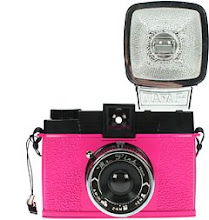
Red ribbon beauties.
In America, gift wrapping is generally thought of as a functional or decorative act. But in many other countries, gift wrapping is an art with important symbolic significance. In Japan, for example, presentational elements such as wrapping color, number of layers, wrapping material and wrapping accessories all convey a message.
In Japan, the traditional art of gift wrapping is known as tsutsumi, from a word meaning “discreet.” In China, a red envelope containing money is often given along with gifts. This is sometimes known as yāsuì qián, meaning “pressed money.”
In the Western world, the history of gift wrapping can be traced to the use of colored wallpaper in 16th century England. Christmas papers originated in 19th century England as a supplement to Christmas letters and cards. Boxes, bags and gift wrap featured seasonal images such as angels and holly.
Early gift wrap in the U.S. was much more utilitarian. Plain brown paper and string were often used in the early 20th century. Printed gift wrap was available, and green, red and white tissue paper was commonly used for Christmas gifts. But it was actually a shortage of tissue paper that prompted the Hall brothers, founders of Hallmark, to substitute decorative envelope liners, an innovation that soon led to the widespread use of patterned wrapping paper.
:the contemporist, red ribbon project; kyrion flickr, cartier building; pkitty cat flickr; diana:muse, ny public library holiday wrap; ashley goldberg, masquerade; the cherry blossom girl.
12.06.2008
six.



















































